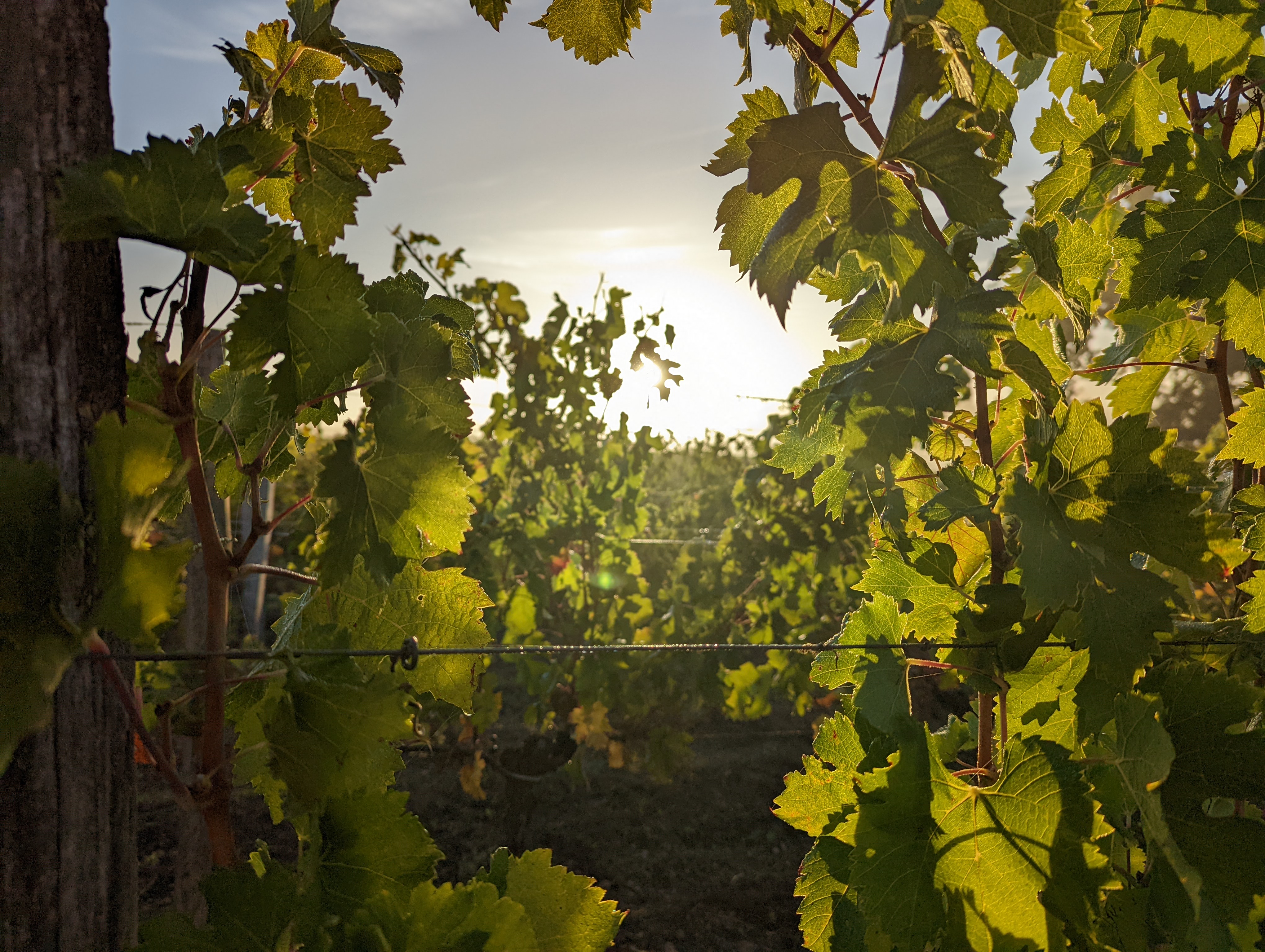Opening bottles: how to preserve the taste and aromatic qualities of the wine for later tasting?
The end of year celebrations are fast approaching and with them, family festivities generally synonymous with shared moments of exchange over one or more good meals. This will undoubtedly be an opportunity to open the right bottle of wine that you have been saving for some time for a special occasion. It is true that good wine is shared and enjoyed in good company. It is also to be drank in moderation of course...this means that opening a bottle does not necessarily mean emptying it the first time you open it! But what to do with this opened bottle when its contents have sufficiently delighted the guests with its aromas? Can't bring yourself to throw away the remaining wine? You are quite right ! Here are some recommendations for preserving wines after opening the bottle for later tasting.
After opening
As you probably know, it is recommended to let the wine aerate and decant for some time after opening the bottle so that the wine's contact with oxygen can reveal its full aromatic potential: generally 1 hour before tasting depending on of the type of wine and up to several hours before for certain young or well-structured vintages. However, it is also true that a wine exposed to the open air for too long will gradually deteriorate. Its quality declines inexorably upon contact with oxygen. It is therefore advisable to follow a few rules and tips to protect the wine from this natural deterioration.
Choose a smaller container
The higher the quantity of wine remaining, the longer it will last. If the bottle of wine you opened for tasting is now half empty, if possible, transfer the remainder into a smaller bottle. This will have the effect of reducing the amount of air in contact with the wine. For this, you can use a suitable funnel, some have a filter to retain the deposits often present at the bottom of red wine bottles.
If you have decanted your wine, definitely put it back in the bottle to preserve it.
Close the bottle after serving
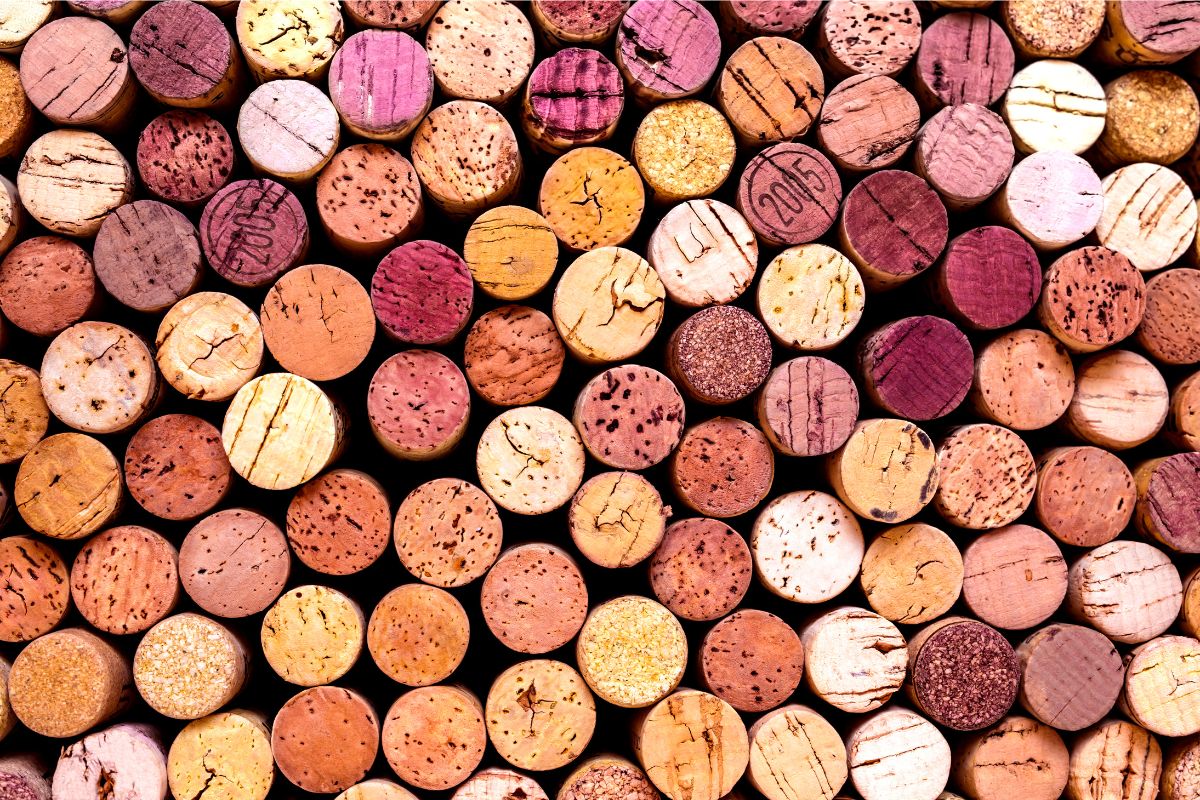
In order to stop oxidation which could cause the wine to turn sour and make it unfit for consumption, one of the first reflexes to acquire is to immediately re-cork your bottle of wine at the end of tasting. You can reuse the original cork from the bottle, reposition it in the same direction as originally if it is a cork, or screw it back if it is a cork which screws. You can also use a universal airtight storage cap. Simple and effective, you will find it in all good specialist shops but also in supermarkets.
Clear the air
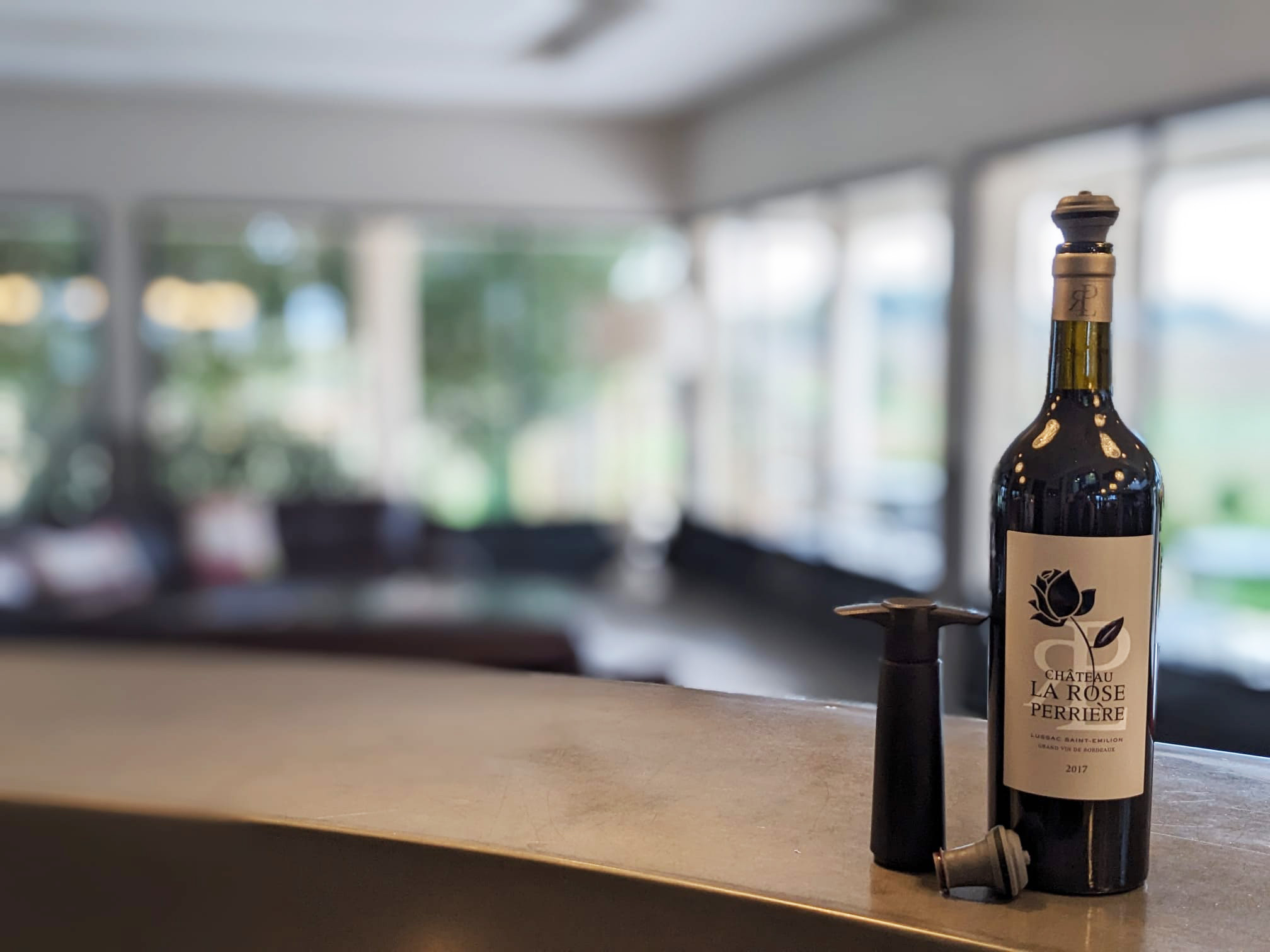
Ideally, the bottle will be re-corked after evacuating the air, thus optimizing the preservation of the wine's aromas. For this, vacuum pumps and their specific caps are available in stores, a real tool dedicated to preserving the wine after the first service. It will allow you to extend the pleasure of savoring your wine for a maximum of 2 days. It is particularly recommended in the case of fragile wines or grand cru wines of advanced age in order to extract all the air present in the bottle and thus significantly slow down the oxidation process after opening.
Keep the bottle in a cool place
No doubt you already know that light and heat are the sworn enemies of wine.
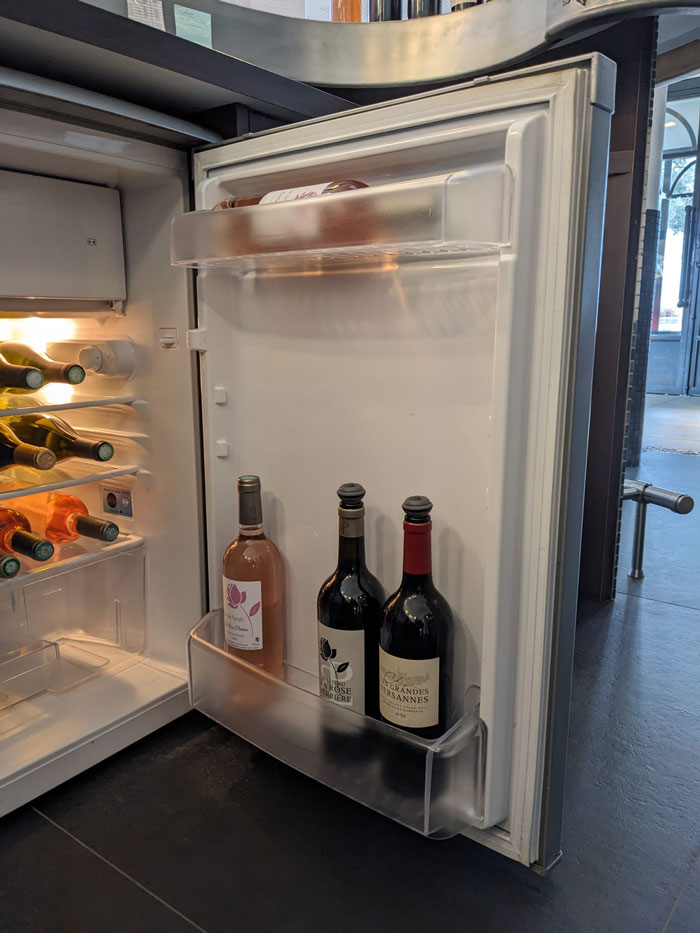
Once your bottle is re-corked, place it in the refrigerator or in a bottle cooler until the next tasting if it is white wine. In the case of a bottle of red wine, place it in a cool room (between 14 and 17°C maximum). Freshness allows the properties of the wine to be preserved for longer, slows down the oxidation process and preserves the freshness of the wine.
One recommendation is in order: do not store the bottle horizontally once opened. Indeed, in this position, a larger surface area of the wine will be exposed to oxygen and therefore likely to be oxidized. So keep them in an upright position.
You will need to remember to take out the reds a few hours before the second opening so that they are at an ideal tasting temperature.
Preserving wine from light
As with your wine cellar, store your bottles away from any source of light. This is especially important for red wines. This is why the door of your refrigerator will be a special place. Exposure to light should always be kept to a minimum.
In summary
These recommendations are valid for all wines. However, specific recommendations for each type of wine (red, white, sweet or sweet) based on their characteristics (age, acidity, etc.) can be followed. So, you can hope to keep an opened white wine for 1 or 2 days, while you can expect to keep an opened red wine for 2 to 4 days. Furthermore, young wines contain more sulphites and a higher alcohol level which can allow longer storage. On the contrary, old wines age very quickly in contact with air. Notable differences in storage potential also exist between grape varieties. Pinot Noir is one of the most sensitive red wines when exposed to air. Organic wine or sulfite-free wine is also generally more fragile.
The quality and preservation of an opened wine also depend on the temperature, light and the amount of oxygen present in the bottle. All of these elements can in fact alter your wine.
Ultimately, all the good practices you adopt and the storage precautions you take will not exempt you from tasting the wine one last time before your second tasting to ensure that it is still good for consumption. Whatever happens, keep in mind that you will need to consume it quickly after opening.
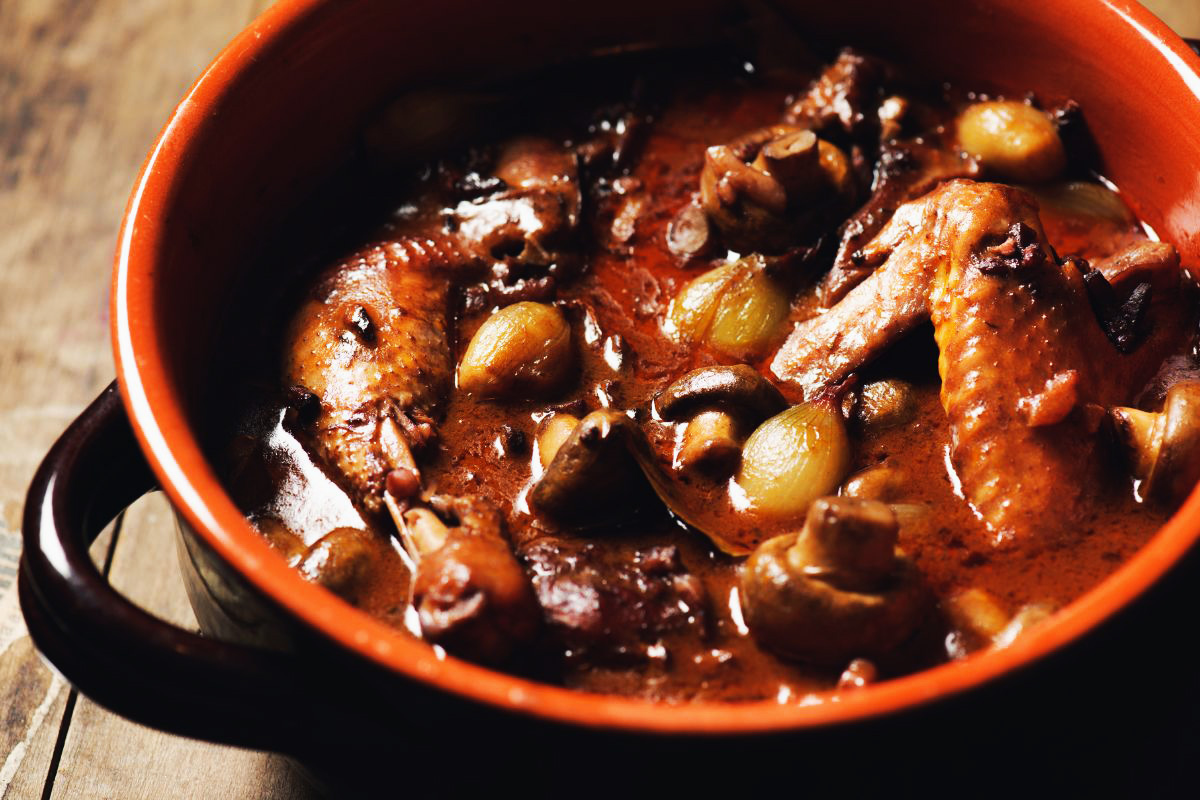
And as at Château la Rose Perriere, we have been in a dynamic of recycling and sustainable waste management for a long time, we advise you not to throw away the rest of the unconsumed wine. Reuse it in cooking in a wine or risotto sauce or recycle it into vinegar. You will thus honor to the end the rigorous and passionate work of the winemaker.
